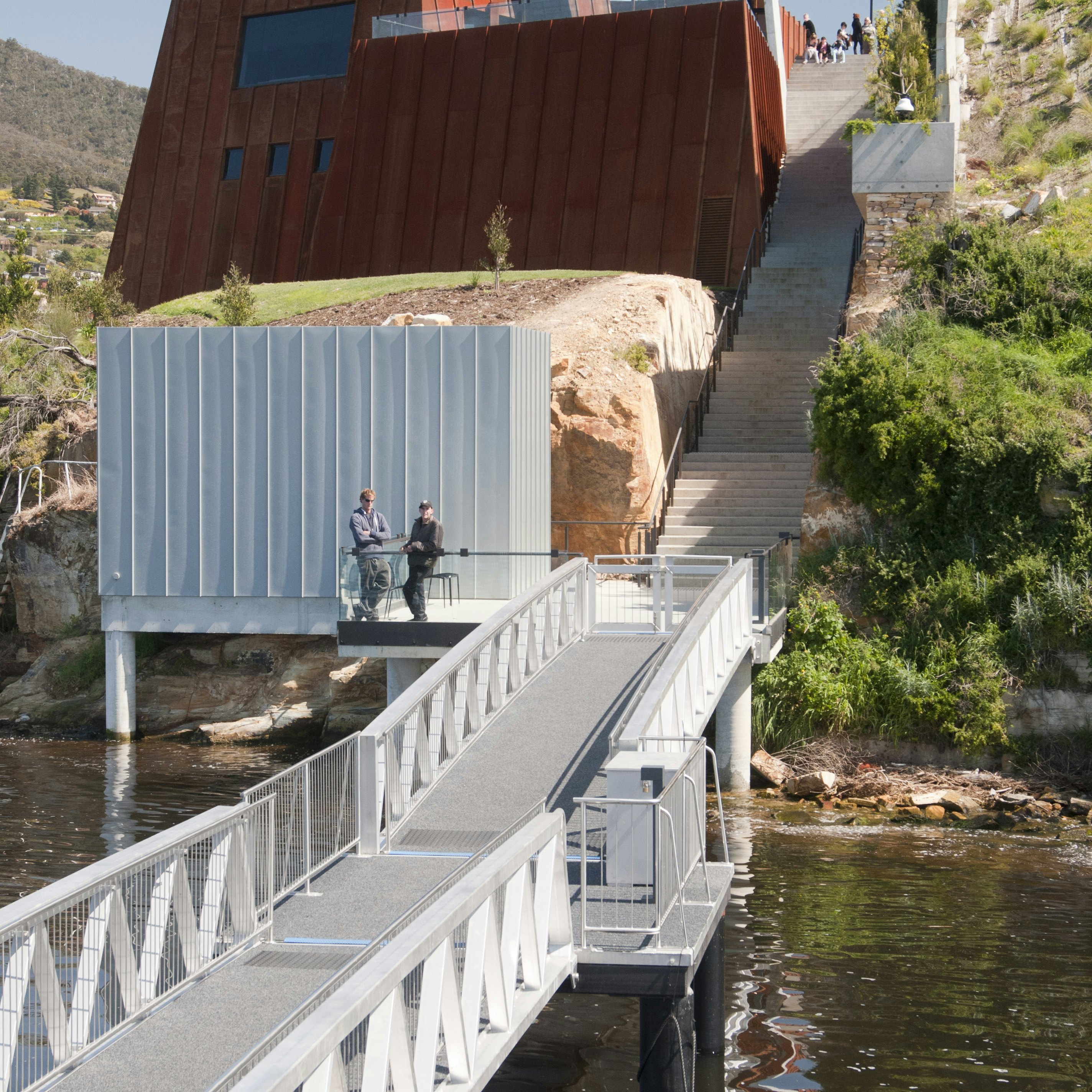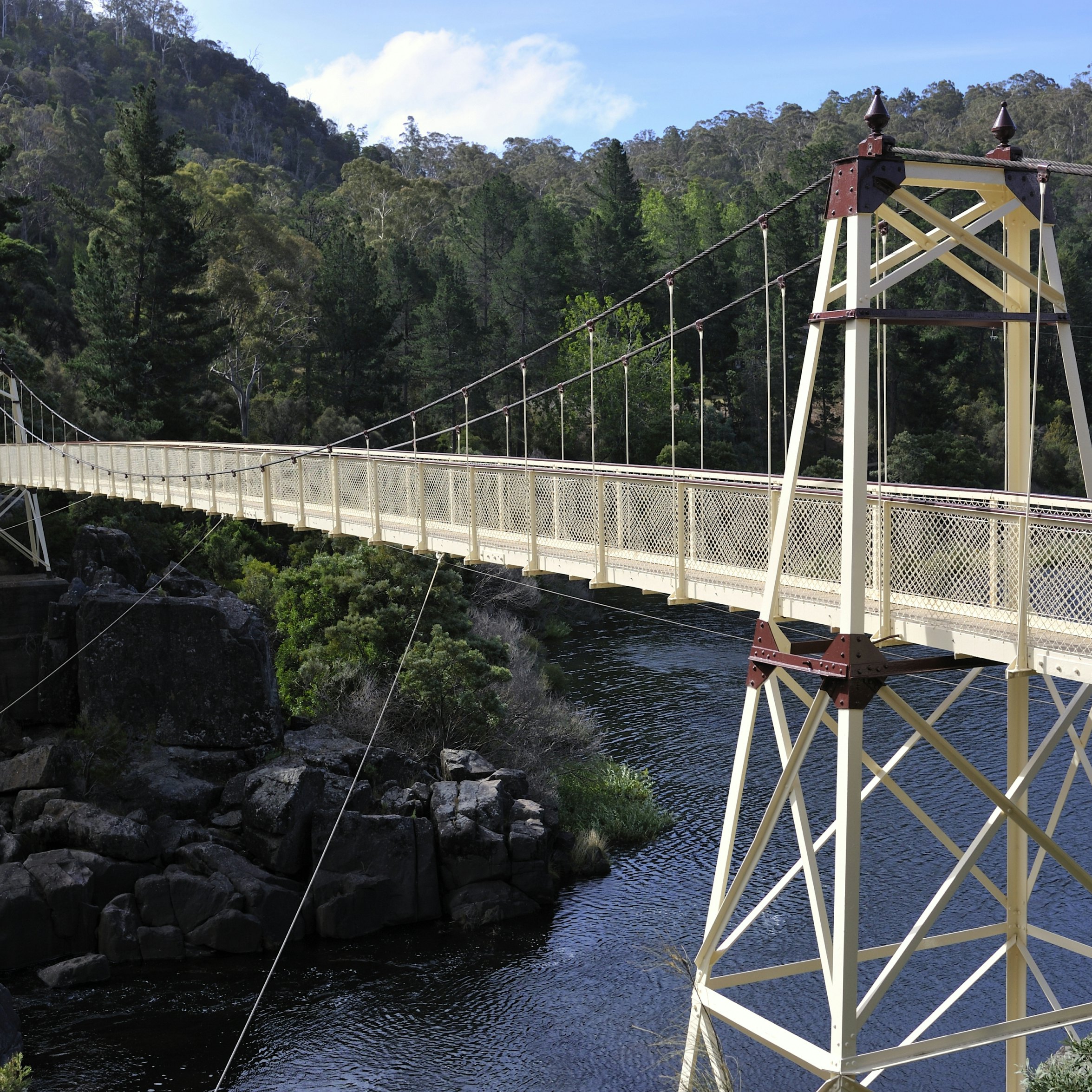

©Posnov/Getty Images
Overview
Reveling in isolation, naturally beautiful Tasmania is busting out with fab festivals and sensational food and drink, riding a tourism-fueled economic boom that's the envy of all Australia.
Plan your trip with Guide, an AI travel planner!
Create a personalized trip itinerary in seconds using artificial intelligence.
Must-see attractions
Get a book. Get inspired. Get exploring.
in partnership with getyourguide














